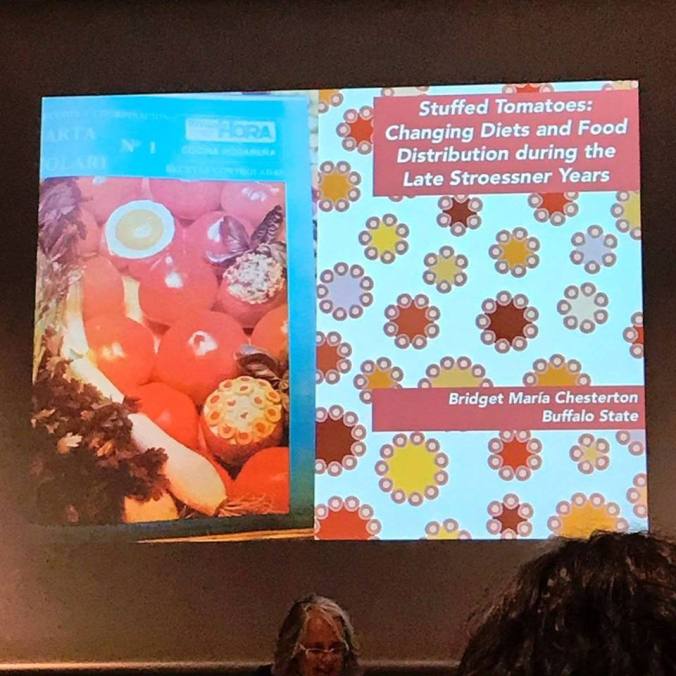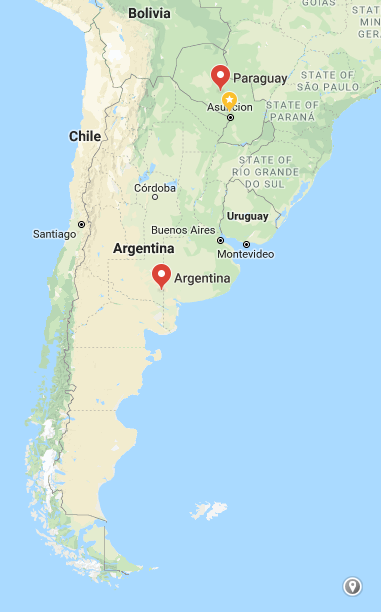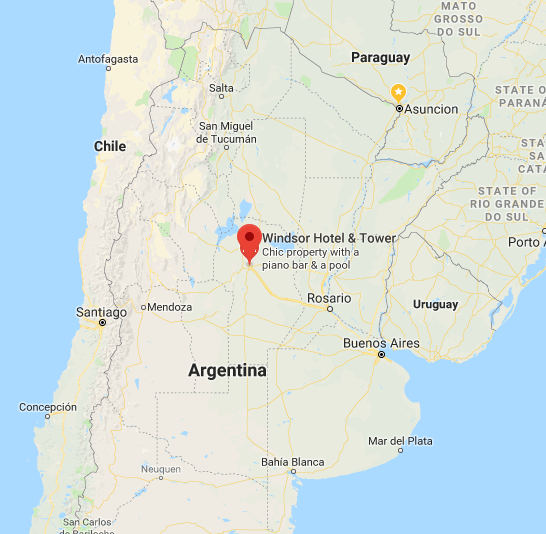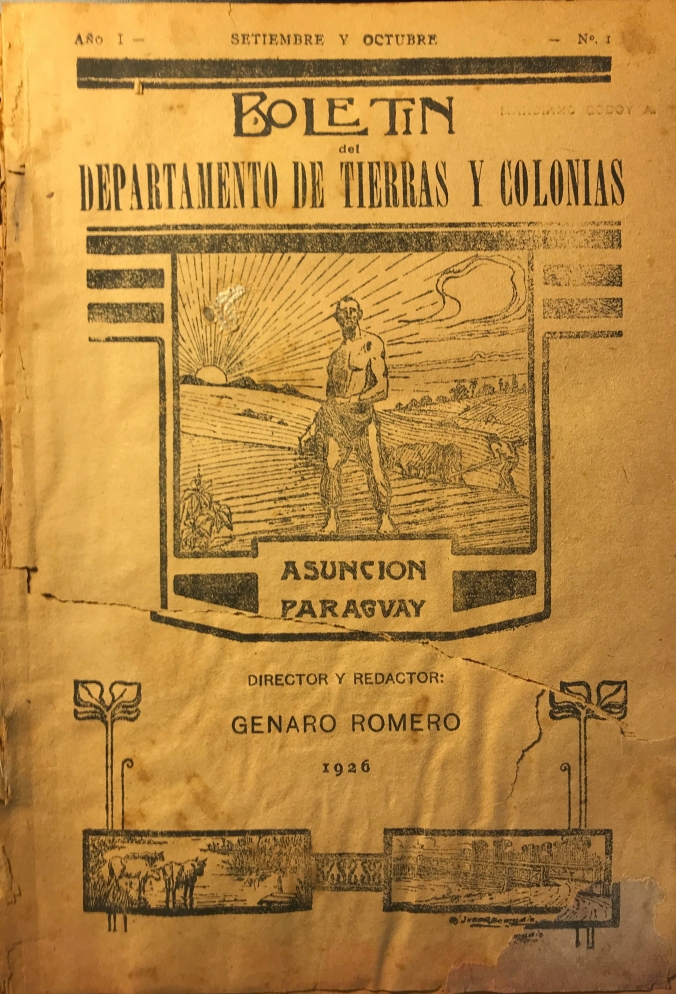Becoming and Being a Scholar of Paraguay
This usually involves being on the receiving end of strange looks from “other” Latin American scholars (let alone scholars of other nations/regions.)
These are some of the highlights of comments I have gotten from other scholars (names removed to protect the innocent academics from themselves.)

Conversation #1
Famous Scholar #1: “You will never get a job.”
Me: “I still want to study Paraguay.”
Famous Scholar #1: “Your family is from Argentina. Do that.”
Me: “I want to study Paraguay.”
Famous Scholar #1: “You will never get a job.”
Conversation #2
Famous Scholar #2: “You want to study Paraguay? Have you been there?”
Me: “Yes.”
Famous Scholar #2: “And you still want to study it?”
Conversation #3
Famous Scholar #3: “Nobody expected the Paraguayans to win the Chaco War.”
Me: “The Paraguayans did.”
Famous Scholar #3: “Oh.”
Converstation 4
Academic Friend: “Hi ‘famous scholar #4.’ Let me introduce you to Bridget Chesterton.”
Famous Scholar #4: “Oh, your the Paraguayist.”
Me: “Yes, I am!”
Voice In My Head: “Yes! I can study Paraguay and have a job and be someone!”
Lessons learned (or not learned) from the Above Conversations:
You will not get a job.Paraguay is terrible.Academics think Paraguay is invisible.- Paraguay is worth studying.
Follow Your Passions?
I do not believe in following your passions. There are a couple of reasons behind this philosophy.
- It is an overused word. Other words in this category include – but are not limited to – “very,” “amazing,” “big,” “horrible,” “tremendous.” I will stop now, but clearly I could go on.
- A scholar is not passionate about what they study. They are curious and interested in questions. There is a difference. I am passionate about my husband, my following of the Argentine fútbal (during the World Cup) team… But overall, I am not passionate about Paraguayan history. In other words, passions can let you down or diminish over time. (Sorry Jim – mmm…. I better stop now.)
- I am curious and interested in Paraguayan history. I have lots of questions that I am seeking responses to. I got this way because:
- There is always something new to discover in the archives about Paraguayan history.
- There are lots and lots of unanswered questions.
- I always have a “new” twist (questions) on the way fellow Latin Americanists see the region and ask questions.
- I can teach people about Paraguay now. Few people on this planet can do that!
- I am part of a pequeño but, tight group of scholars who are awesome. See a brief list of those people in the secondary texts section of this blog. They have asked questions and gotten responses; but that only begs for more questions! Such is academic life.
- I like different.
If you are interested and curious (have questions) in a particular topic/region/time, study it. Do not let other academics drive your career. Drive your own career. If that means studying Paraguay, then do so.
The rest will simply be history (or future blog post fodder.)
Bridget María Chesterton
Professor of History
Buffalo State



